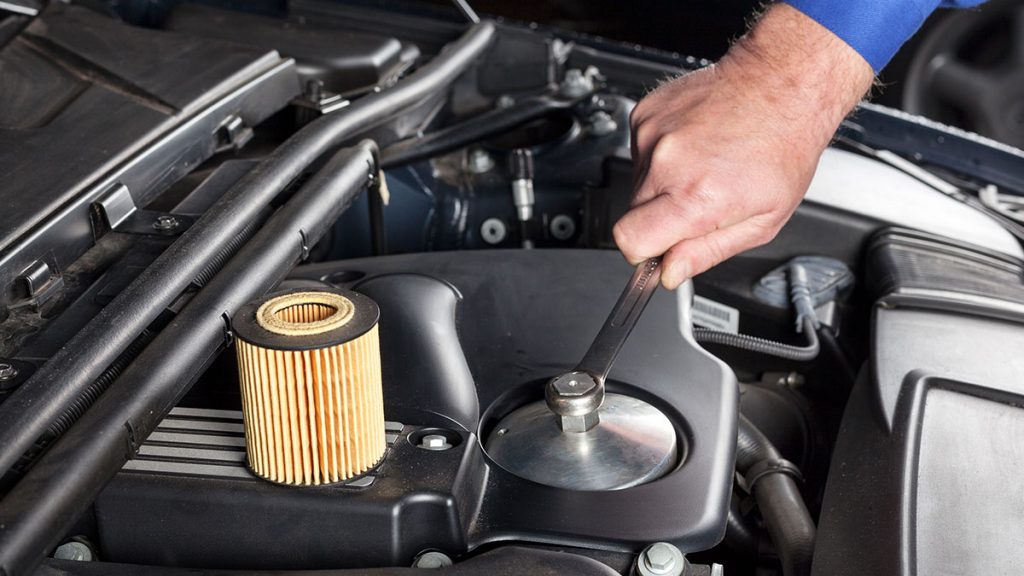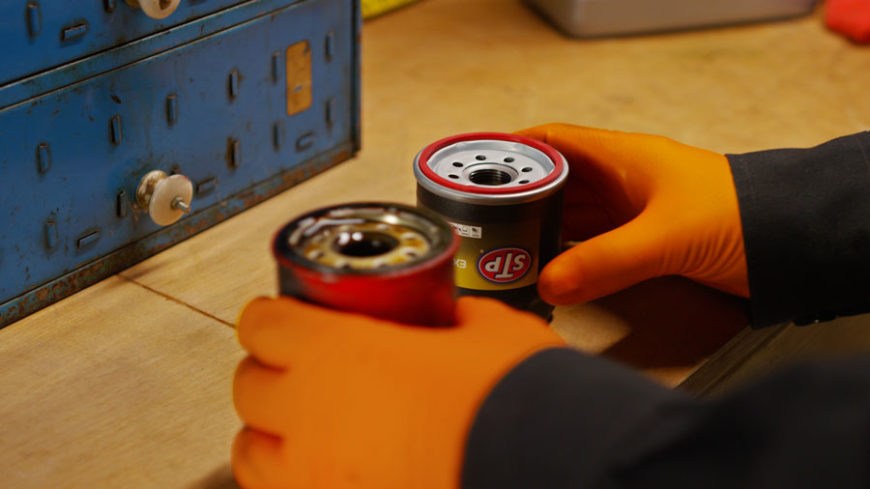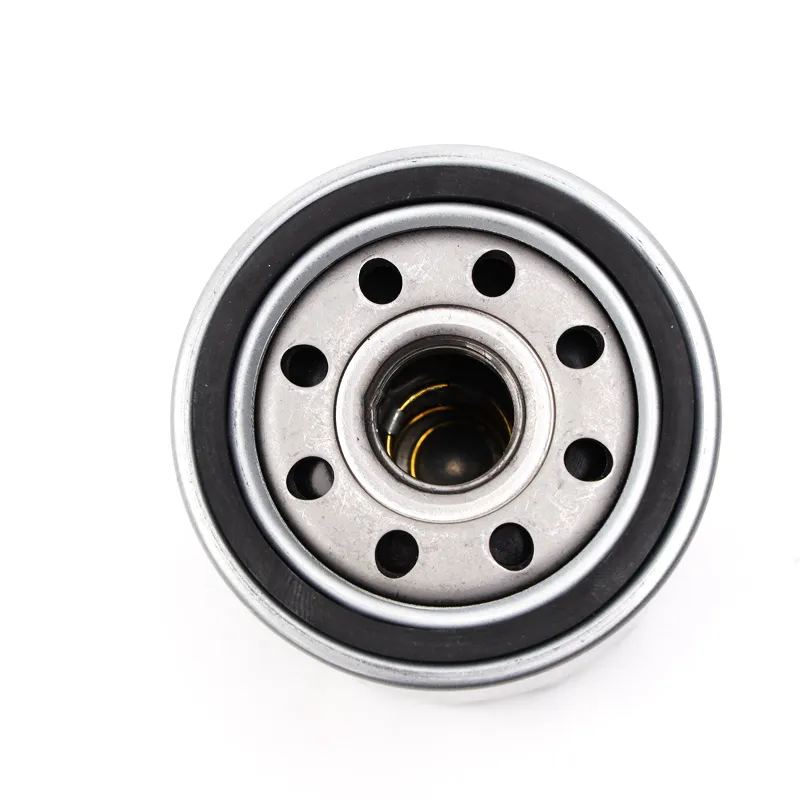Blog
-

What happens if I don’t change my oil? Oil Filter
Life gets busy — that’s a given! Demands get in the way and you decide to skip that oil change once — then twice, and then come to realize you are long overdue. It is vital to understand that an ounce of prevention — or five to six quarts of motor oil — is worth its weight in gold!Czytaj więcej -

Is It Necessary to Replace the Oil Filter Each Time You Change the Oil? Oil Filter
A common confusion regarding car oil is whether you can change the oil without changing the filter. A simple answer is, ‘Yes, you don’t always have to change the filter’.Czytaj więcej -

CAN I CHANGE MY OIL FILTER WITHOUT CHANGING THE OIL? Oil Filter
As a car owner, knowing the basics of vehicle maintenance is important, especially if you rely on quick and convenient drive-thru oil change services.Czytaj więcej -

WHAT HAPPENS IF YOU DON’T CHANGE YOUR OIL FILTER? Oil Filter
While researching oil change services, you probably noticed every shop includes oil filter replacement as part of their service package. But do you need to change the oil filter every time you get an oil change?Czytaj więcej -

Can I Use The Same Oil Filter Twice? (And Other Oil Filter Questions Answered) Oil Filter
In theory, your oil filter has a simple job: capture wear-causing contaminants and hold them in the filter media so they don’t run amok inside your engine.Czytaj więcej -

PURRO RECOMMENDS: OIL FILTERS – HOW ARE THEY CONSTRUCTED AND WHEN SHOULD WE CHANGE THEM?
It is hard to imagine modern combustion engines without an oil filter. The lubrication system is the basis of engine operation, providing proper operating conditions. Despite the engine oil works in a closed circuit, purifying it is a must.Czytaj więcej -

How Often Should You Change Your Oil Filter? Oil Filter
Let’s explain why. The oil filter is designed with paper and fabric medium arranged in pleats – this medium traps particles that are no bigger than a few microns in size and prevents them from circulating through the engine, where they can start to build up on rotating assemblies and cause damage.Czytaj więcej -

How to Choose the Right Oil Filter for Your Car Oil Filter
Car owners often get conflicting advice about oil filters. Vehicle owner's manuals, installers, quick-lube operators, mechanics and retail clerks all have different opinions. The reality is that when it comes to oil and filters, the only right answer is a customized answer.Czytaj więcej


